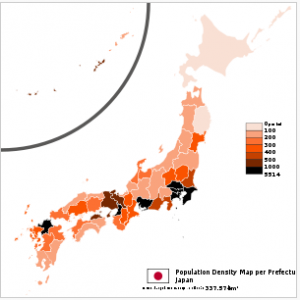
Severe Abnormalities Found in Fukushima Butterflies
We decided to copy the title of a BBC article, but after making one major and needed correction. We removed the quotes around ‘Severe Abnormalities’.
We do not know, what kind of dopes get to write articles for BBC, because the original study is as clear as it could be about linking severe abnormalities in butterflies and Fukushima disaster. It is not as if BBC is an extremely cautious and conservative source of news. Few days back, BBC showed fake pictures from Iraq of 2003 to hype up war in Syria.
Getting back to the original Scientific Reports article on Fukushima, we recommend everyone to read it, because it is a beautiful piece of scientific study with very strong conclusions supported by extensive data.
Here we show that the accident caused physiological and genetic damage to the pale grass blue Zizeeria maha, a common lycaenid butterfly in Japan. We collected the first-voltine adults in the Fukushima area in May 2011, some of which showed relatively mild abnormalities. The F1 offspring from the first- voltine females showed more severe abnormalities, which were inherited by the F2 generation. Adult butterflies collected in September 2011 showed more severe abnormalities than those collected in May. Similar abnormalities were experimentally reproduced in individuals from a non-contaminated area by external and internal low-dose exposures. We conclude that artificial radionuclides from the Fukushima Nuclear Power Plant caused physiological and genetic damage to this species.
The figures in the above paper are highly informative, but you may not understand the significance, until you combine their observations with the following figure (population density of Japan).

Most people in Japan live in the black and deep brown regions, and it is roughly where the Fukushima disaster struck.
Long-term human impact of Fukushima nuclear accident may be incalculable, and we will not not know until an entire generation of Japanese children grows up.